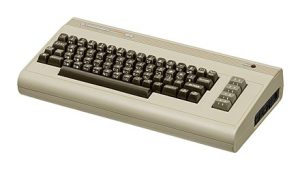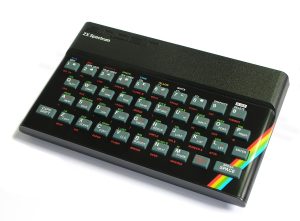The 1980s were a time of rapid technological advancement, and one of the most exciting new innovations was the home computer. Two of the most popular models of the time were the Commodore 64 and the Sinclair ZX Spectrum. Each had its own loyal fan base, but which was better? Let’s take a closer look.

The Commodore 64 was released in 1982 and quickly became one of the most popular home computers of all time. It had a 1 MHz processor and 64 KB of RAM, which was a lot for the time. It also had a built-in sound synthesizer, which allowed for impressive audio capabilities. The Commodore 64 had a full-sized keyboard and a joystick for gaming. It was capable of displaying up to 16 colors on screen, and had a resolution of 320×200 pixels. It was also relatively affordable, costing around $600 when it was first released.

The Sinclair ZX Spectrum, on the other hand, was released a year later in 1983. It was significantly cheaper than the Commodore 64, costing only around $200 when it was first released. It had a 3.5 MHz processor and 16 KB of RAM, which was much less than the Commodore 64. It also had a membrane keyboard, which was not as user-friendly as the Commodore 64’s full-sized keyboard. The Sinclair ZX Spectrum was capable of displaying up to 8 colors on screen, and had a resolution of 256×192 pixels. However, it did have a better audio system than the Commodore 64, with three channels and a white noise generator.
So which was better? It really depends on what you were using it for. The Commodore 64 was better for gaming and had more advanced graphics capabilities. It also had a better keyboard and was generally more user-friendly. The Sinclair ZX Spectrum, on the other hand, was cheaper and had a better audio system. It was also popular for programming, with many users writing their own software and games.
Ultimately, both the Commodore 64 and the Sinclair ZX Spectrum were important and influential home computers of their time. Each had its own strengths and weaknesses, and which one was better really depended on what you were looking for. Today, both computers are cherished by collectors and enthusiasts, and are a reminder of a time when home computing was just beginning to take off.
